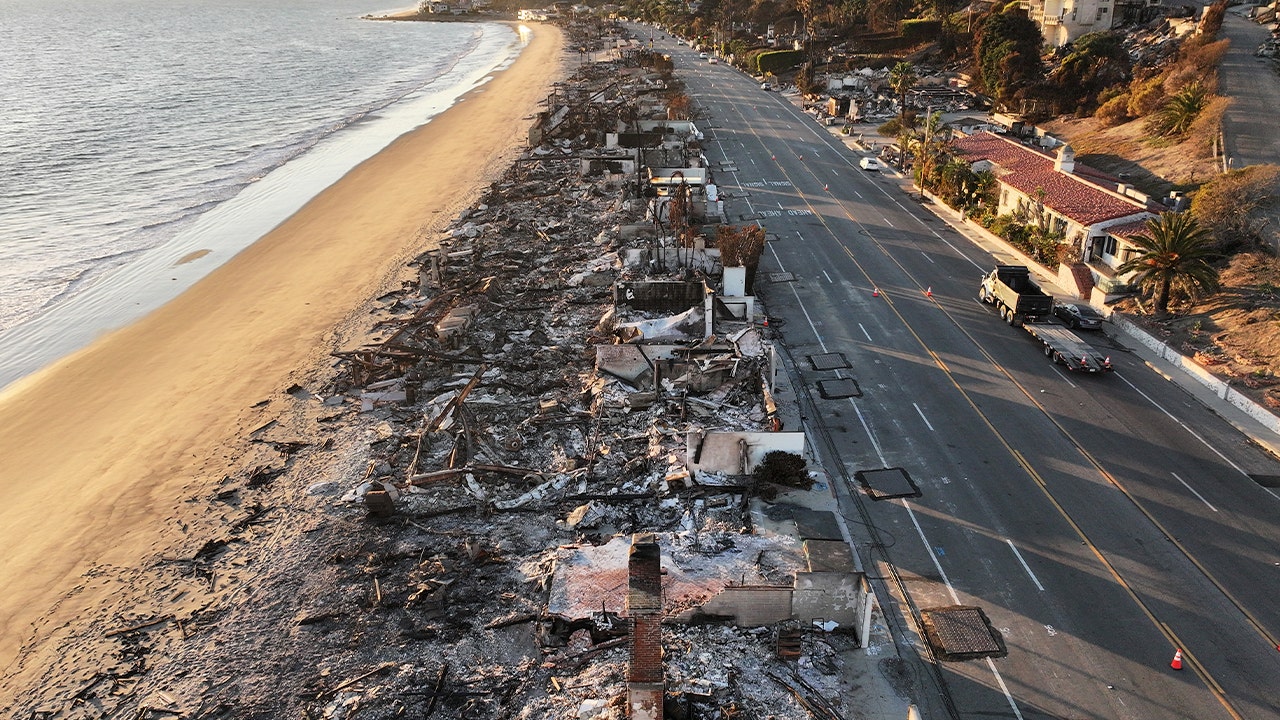Water systems expert has a message for the public as LA wildfires rage

As the devastating wildfires in Los Angeles continue to rage on, first responders are working tirelessly to combat the flames. However, many members of the public are questioning what could have caused the fires and if policy missteps hampered firefighting efforts. Kathryn Sorensen, a water and wastewater utilities expert who has worked for major cities in Arizona, sheds light on the challenges faced by municipal water utility systems in fighting large-scale wildfires.
Sorensen explains that municipal water systems are not designed to combat massive wildfires. They are primarily built to meet the demands of normal operating conditions and to handle localized structure fires of short duration. However, with the increasing threat of hotter, drier conditions due to climate change, there is a need to reevaluate the capacity and operational priorities of these water systems.
One of the key issues that has come to light during the wildfires is the Santa Ynez Reservoir, near the Palisades Fire, which has been empty since February 2024. A lawsuit has been filed against the Los Angeles Department of Water and Power (LADWP) alleging that the agency delayed repairs to the reservoir in order to cut costs. LADWP has defended its actions, stating that the reservoir was shut down to comply with safe drinking water regulations and blaming delays on the city’s competitive bidding process.
Despite the controversy surrounding the Santa Ynez Reservoir, Sorensen believes that even if it had been filled, it may not have made a significant impact on the wildfires due to their overwhelming scale. While it could have potentially helped individual structures, it likely would not have been enough to save entire neighborhoods from the blaze.
As the wildfires continue to devastate the Los Angeles region, the toll on lives and property is mounting. Over 40,600 acres have been burned, with more than 12,300 structures destroyed and at least 27 confirmed fatalities. The number of casualties is expected to rise as rescue efforts continue.
It is clear that the wildfires in Los Angeles have exposed weaknesses in the city’s water infrastructure and firefighting capabilities. Moving forward, there is a need for a comprehensive review of water systems and operational priorities to better prepare for future wildfire seasons. The tragic events unfolding in Los Angeles serve as a stark reminder of the importance of addressing climate change and investing in resilient infrastructure to protect communities from natural disasters.




